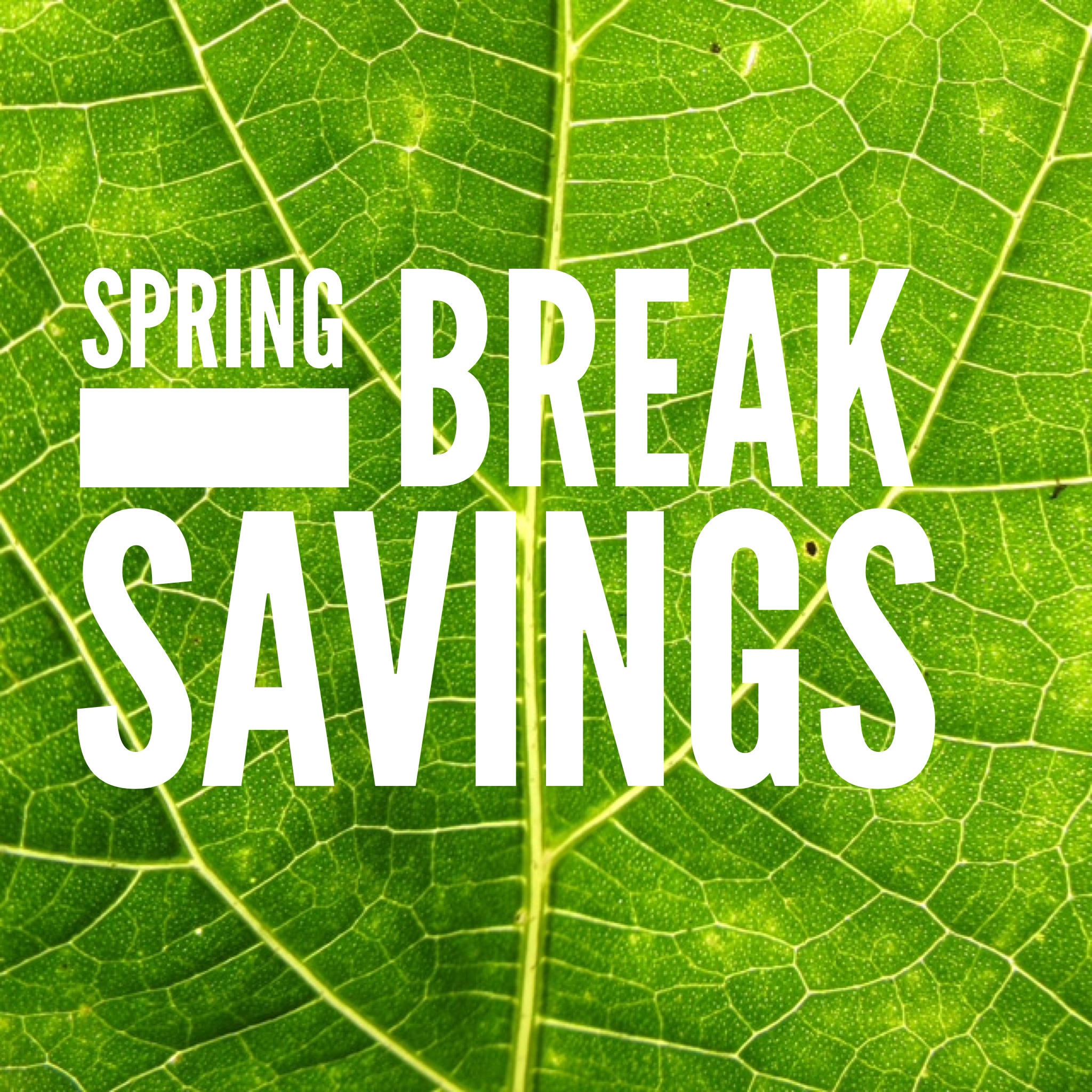
Financial Terms 101
Talking to your children about financial issues can be a little nerve-racking if you don’t have a plan in mind. Should you start with loans, credit cards, saving accounts, account statements…etc. Before we overload the kids with all these new words and its complexity, let’s start out with the basic terms they will encounter when they first open an account.
Balance: The amount of money in an account, equal to the net of withdrawals and deposits at that point in time for that account.
Cash: Most kids these days already know what cash is, it’s those coins and green paper bills you use in exchange for a good or service.
Checks: Is a written order directing a bank or credit union to pay a person or business a specific sum of money.
Checking account: An easy way to explain a checking account is to think of it as a child’s piggybank. The checking account holds your money for you, protects your money, and provides you with a debit card that you can use in place of cash.
Debit card (ATM/Check card): Aaah…debit card, one of my favorite pieces of plastic… Using a debit card is just like using cash. The only difference is that you’re paying by swiping a plastic card, instead of hard cash. Once you swipe your debit card, the bank will transfer your cash (from your checking account) to the store. If you try to buy something and there are insufficient funds in your account, then your card will be denied or you will be charged a hefty overdraft fee. Use with caution!
Deposit: Funds placed into an account at a depository institution to increase the credit balance of the account.
Overdraft fee: A fee that is charged, when you pay for an item that you don’t have enough money for. So the credit union is helping you pay (or loaning you the money) for that item. For example, you are paying (with your debit card) for a toy that is $15, but you only have $5 in your checking account. The credit union will loan you $10 to help pay for your toy, but in return you have to pay them a fee for the lending process which could be an extra $25 on top of the $10 they loan you. So, technically you paid a total of $40 for a toy that is worth $15. Always check your account statements, so you know what your balance. Be careful for those hefty overdraft fees!
Personal Identification Number (PIN): When you open a checking account and get your debit card, you will need to create a PIN number. The PIN number is a series of numbers that will allow you to use your debit card. Think of it this way — your PIN number is like a safety lock that protects your money. Remember don’t use your birthday, phone number, or anything simple that other people can guess. The point of a PIN is to keep your money safe. Tips to Protect Your Identity
Share account (savings account): At a glance, a checking and share account seems rather similar but they are not. A share account is like growing a tree. You place the seed (money) into the ground (share account) and watch it grow over time with a little help from Mr. Sun (interest rate) and some water (money you deposit).
Withdrawal: Removal of funds from an account.
Teaching your children about money will make them feel like they are being treated like a grown-up (or at least a big kid) because this is important stuff. Teach them your secrets to being more responsible with money.
Remember to have plenty of examples to share, allow for time to explain/answer their questions, and some practice questions to further their understanding. Teaching your children about money now will prepare them for the future.
Keep an eye out for more Financial Term blogs.

